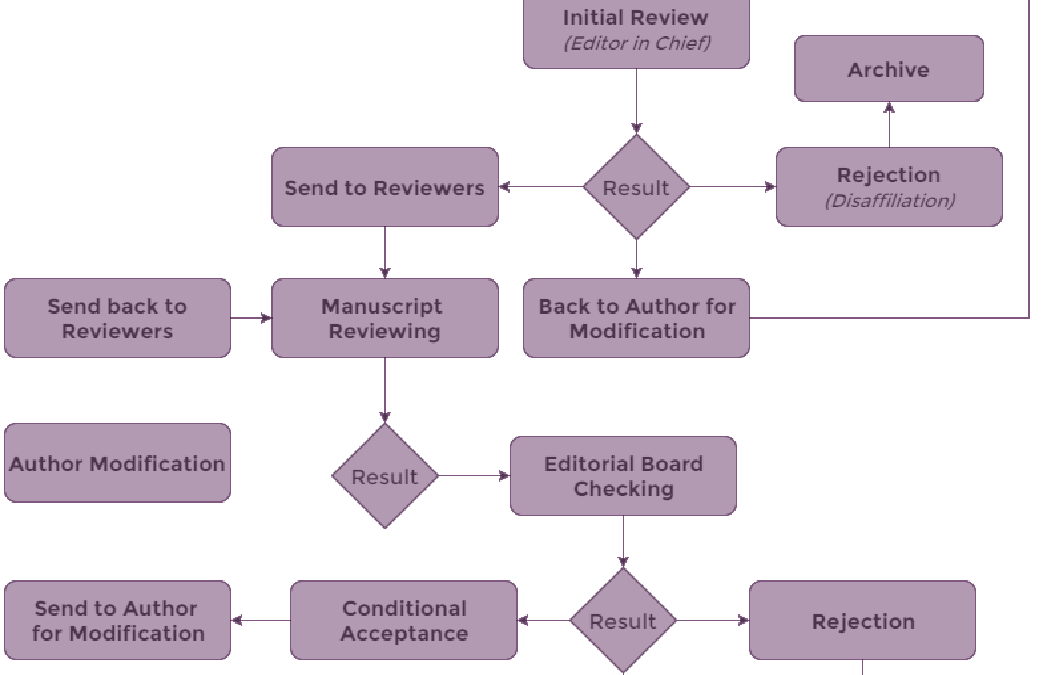iKNiTO JS helps you develop your journal website, assemble reviewers and staffs and define roles, send call for papers, and automate flow of data and tasks between people involved. It regulates and facilitates circulation of submitted articles and their related information in any academic publishing house. The system receives articles from authors, puts them in the Editor-in-chief’s file. Once the Editor-in-chief orders, article is sent to reviewers. The system records reviewer’s evaluation and refers it to the Editor-in-chief or Section editor. If the evaluation is delayed, the system automatically sends follow-up messages. Next, if the reviewer requires, the article is sent back to the author so that he/she makes the necessary changes and revisions. The new version then repeats the reviewing cycle until it is accepted or rejected and dismissed from the cycle. Following an acceptance, the system refers the article to the Copyeditor.
The Copyeditor edits submissions to improve grammar and clarity, works with authors to ensure everything is in place, ensures strict adherence to the journal’s bibliographic and textual style, and produces a clean, edited copy for the Layout Editor to turn into the galleys that will be in the published format of the journal. Some journals have an Editor or Section Editor playing this role. Similarly, the layout editor receives the final copy of the article and uploads the ready-to-publish copy onto the system. Now the editor-in-chief can publish the electronic version and can send a hard copy version to the printing house.

